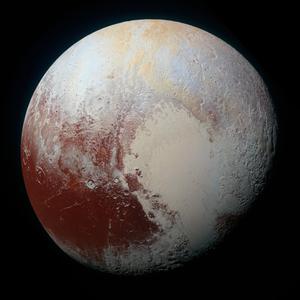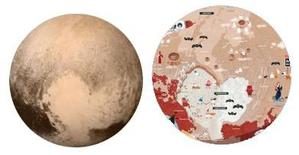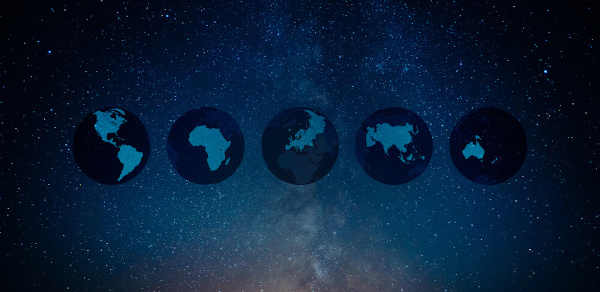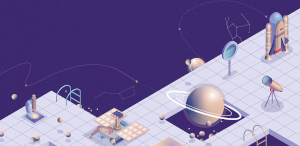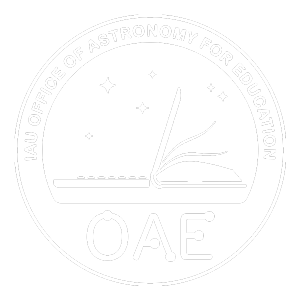Glossary term: 冥王星
Description: 冥王星是太陽系中的天體之一。它位於柯伊伯帶,在海王星軌道之外。它曾被稱為太陽系第九大行星,但在 2006 年被重新歸類為矮行星。它於 1930 年被克萊德-湯博發現。冥王星與太陽的平均距離為 60 億千米,半徑為 1185 千米(比地球的衛星還小)。冥王星上的一年相當於地球上的 247.9 年,一天相當於地球上的 6.4 天。
2015年,美國國家航空航天局的 "新視野 "號飛船成為第一個飛越冥王星的航天器,並首次提供了冥王星表面及其大氣層的詳細信息。冥王星表面非常寒冷,幾乎沒有氫可以以氣態形式存在。冥王星僅有的一點大氣主要是氮氣,表面有大片冰凍的氮氣平原。它的大氣層延伸到1600千米的距離。冥王星由岩石(70%)和冰(30%)組成。它有五顆已知的衛星:卡戎(Charon)、斯提克斯(Styx)、尼克斯(Nix)、刻耳柏洛斯(Kerberos)和海德拉(Hydra)。
Related Terms:
See this term in other languages
Term and definition status: The original definition of this term in English have been approved by a research astronomer and a teacher The translation of this term and its definition is still awaiting approval
This is an automated transliteration of the simplified Chinese translation of this term
The OAE Multilingual Glossary is a project of the IAU Office of Astronomy for Education (OAE) in collaboration with the IAU Office of Astronomy Outreach (OAO). The terms and definitions were chosen, written and reviewed by a collective effort from the OAE, the OAE Centers and Nodes, the OAE National Astronomy Education Coordinators (NAECs) and other volunteers. You can find a full list of credits here. All glossary terms and their definitions are released under a Creative Commons CC BY-4.0 license and should be credited to "IAU OAE".
If you notice a factual or translation error in this glossary term or definition then please get in touch.
Related Media
冥王星
Credit: 美國宇航局/約翰霍普金斯大學應用物理實驗室/西南研究所 credit link
License: PD Public Domain icons
Related Activities
Children's Planetary Maps: Pluto & Charon
astroEDU educational activity (links to astroEDU website) Description: Learn about our furthest neighbors
License: CC-BY-4.0 Creative Commons 姓名標示 4.0 國際 (CC BY 4.0) icons
Tags:
Maps
, Planetary cartography
, Spatial thinking
, Charon
Age Ranges:
6-8
, 8-10
, 10-12
, 12-14
Education Level:
Middle School
, Primary
, Secondary
Areas of Learning:
Social Research
Costs:
Low Cost
Duration:
2 hours
Group Size:
Group
Skills:
Analysing and interpreting data
, Asking questions
, Communicating information
, Constructing explanations
, Developing and using models
, Engaging in argument from evidence
, Planning and carrying out investigations
